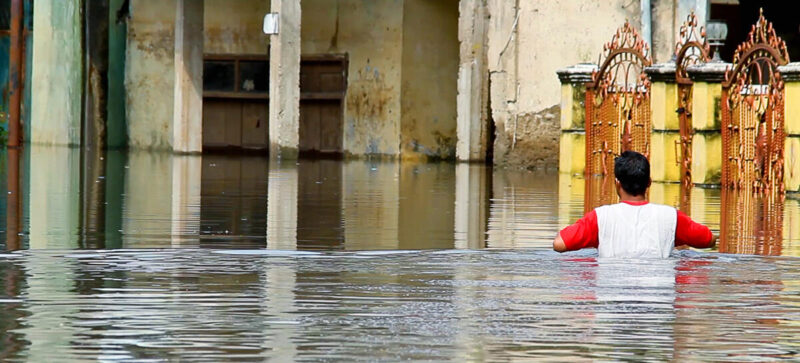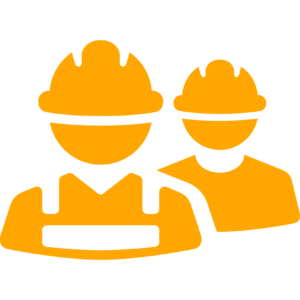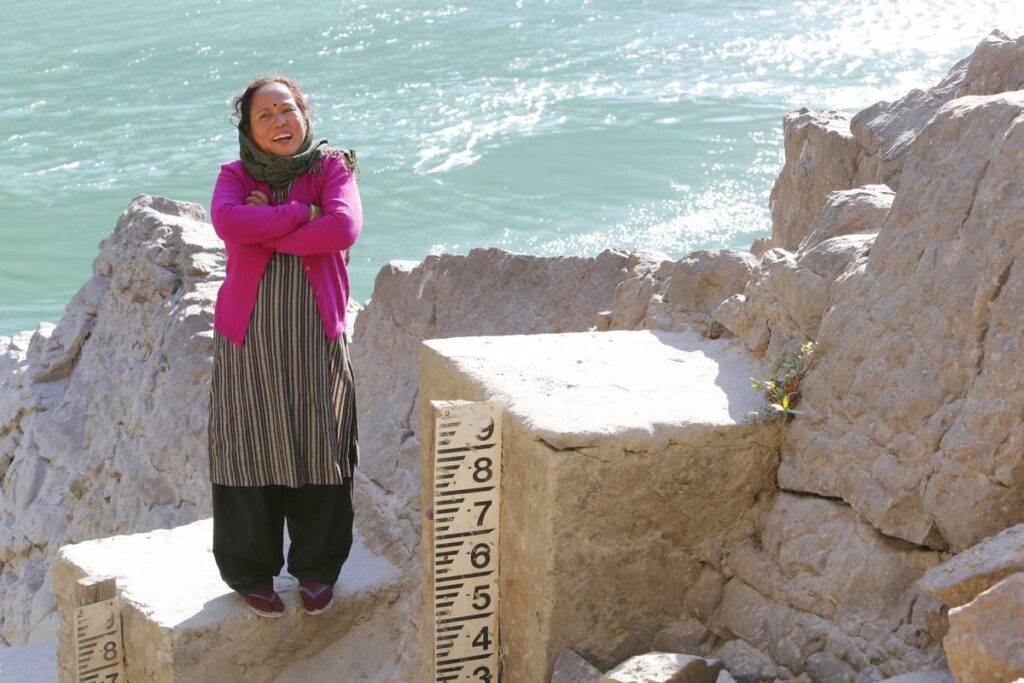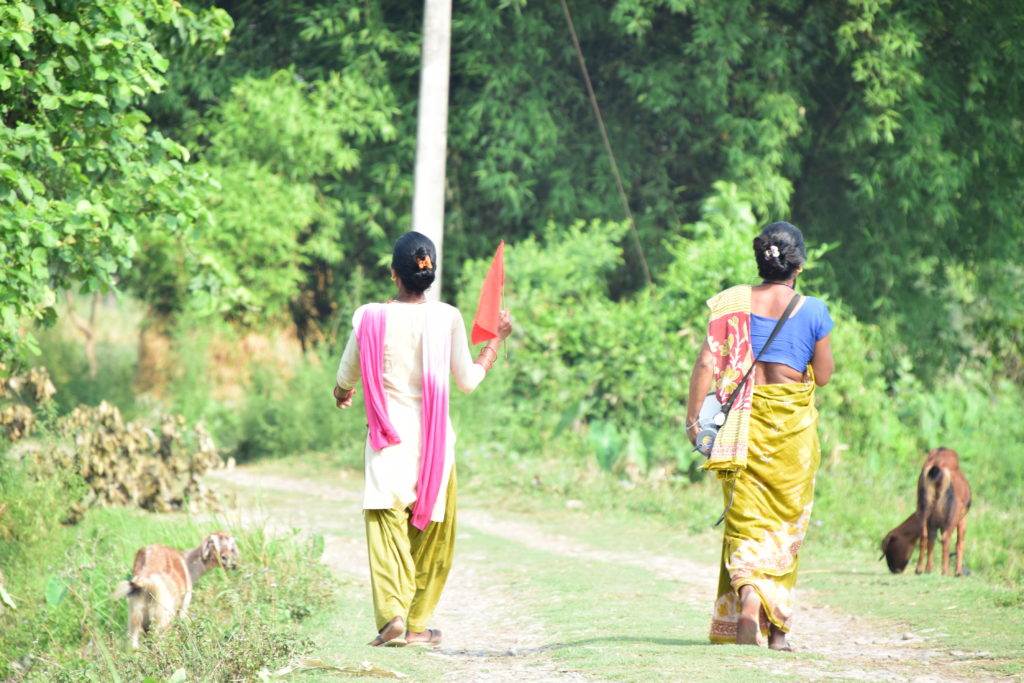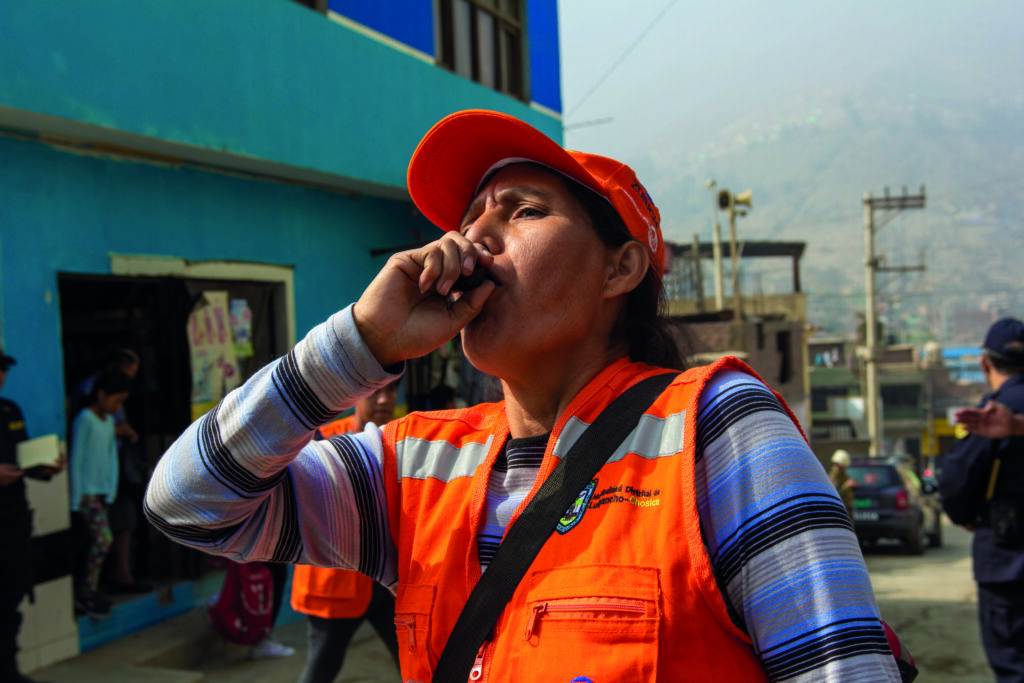
Early Warning Systems
Being prepared in the face of extreme weather
Climate change is driving an alarming increase in disaster events like floods, wildfires, and cyclones.
The devastation of these events is felt most acutely in vulnerable communities, where entire livelihoods are often wiped out in a single event. This is unjust and unnecessary, and it can be stopped.
Early Warning Systems provide an opportunity for people to take action, save lives and livelihoods, and reduce the impacts of disasters.
The problem
Over the past 50 years climate related disasters have surged fivefold. Projections suggest that by 2050 an additional 14.5 million lives could be lost, with damage valued at $12.5 trillion.
While some people receive warnings before disaster strikes, many do not. This is especially true for people in marginalised groups such as people with disabilities, women, indigenous groups and LGBTQIA+ individuals.
Vulnerable communities often face multiple and simultaneous hazards, but existing Early Warning Systems (EWS) fail to account for these compounded risks. This gap in coverage can lead to catastrophic outcomes, as seen in Hawaii’s 2023 wildfire event, where a functional tsunami warning system existed, but the absence of a wildfire alert system resulted in $5bn damages.
It doesn’t have to be like this.
The solution
We can predict most hazards in good time and provide vulnerable communities with the right information, in the right way, and at the right time to prevent disaster.
It’s not just about technology — it’s about inclusion, equity, and listening to the voices that are too often ignored. With a blend of low-tech, high-tech, and no-tech solutions to make early warning available to all, we can save thousands of lives by enabling timely evacuations and strengthening resilience.
At Practical Action we have decades of experience in implementing EWS that save lives and protect livelihoods. Success requires diverse expertise: scientific knowledge, community mobilization, and effective governance. No single organization can provide all these skills, which is why we have proven the power of inclusive partnerships.
Together, we can create a scalable toolkit for inclusive EWS that can be adapted to any context and hazard. This strategy will empower communities all around the world, ensuring that no one is left behind in the face of climate-induced disasters.
